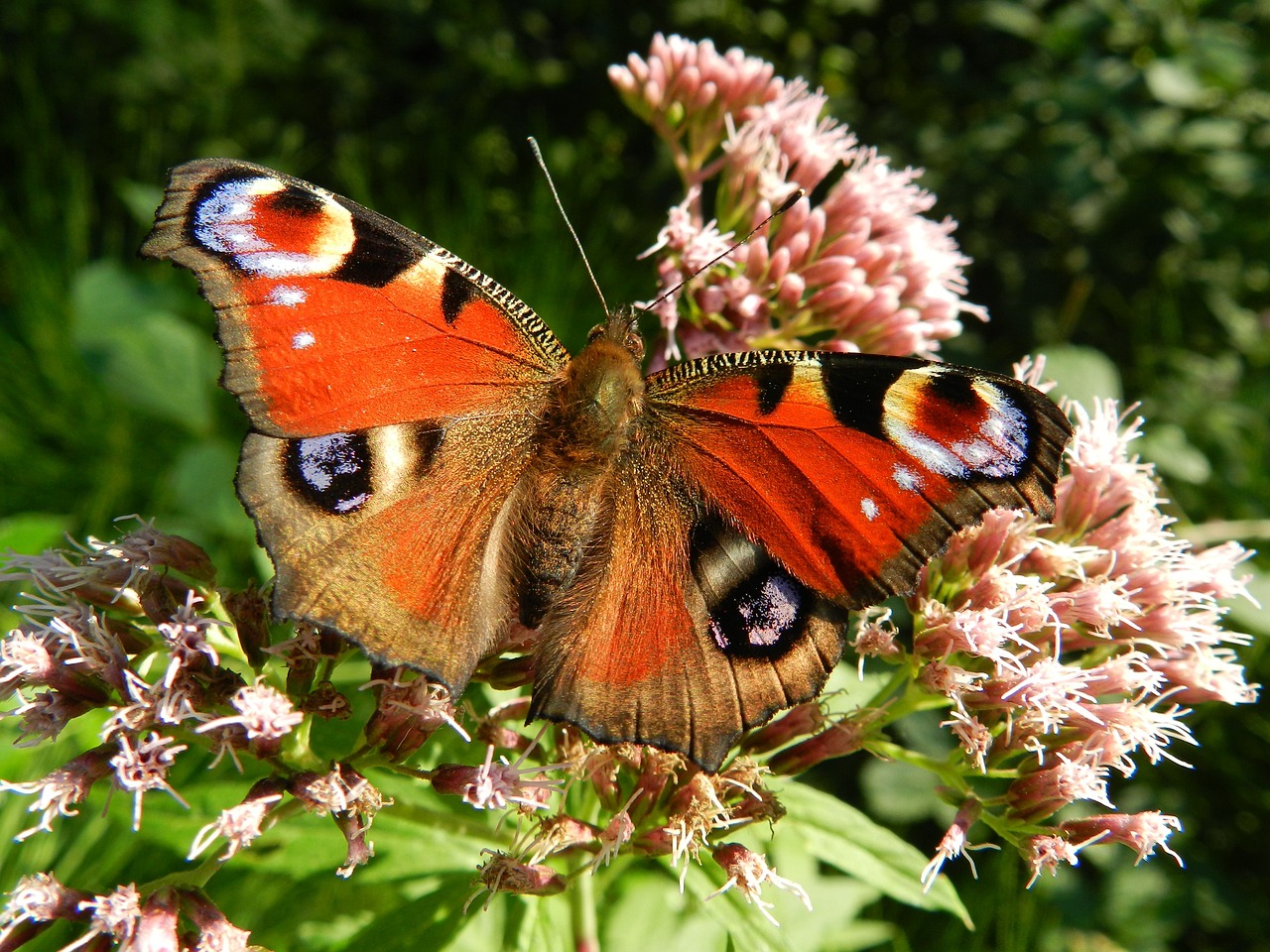
Gardening advice for the warmer months
As spring draws to a close and we prepare for summer, a number of changes take place. The days are getting longer, the temperatures are hotter and it’s time to make sure your plants are prepared for these conditions. Here is some gardening advice to make sure your plants look great and thrive all summer long.
Potted plants
Potted plants can benefit from a delicious and nutritious boost in the form of fertilizer during the first few weeks of June. This is to provide them with the energy they need to look their best in the warmer weather. That said, it’s best to use water-soluble plant foods and be sure to mix them at half strength. Apply with every other watering for best results. This is great gardening advice for your garden and potted plants.
Watering
Remember not to over water your plants. Even those who are very thirsty should not water too much. You’ll need to water more frequently during the summer, but you can’t just walk away from this normal responsibility by soaking the roots one day and letting them dry out for a week. Establish a watering schedule and stick to it. Timing is also essential when it comes to gardening advice. Early morning or late afternoon watering is always best.
Best location
Most plants get a fair amount of sun, but not all like full midday sun. Make sure all your plants are placed in the correct areas of your home so they can thrive. Morning sun and afternoon sun are usually fine, but you should avoid the strong rays of the afternoon sun.
Chilled rooms
Air conditioners can cause plants to go into a form of cold air shock. Just as you should avoid direct sunlight, you should also avoid placing them near an air conditioner. It’s important to keep this gardening advice in mind to ensure that your potted plants are not negatively affected by bursts of cold air. If you keep a specific room particularly cool, you may want to display silk flowers in this room instead of fresh plants.
Humidity
Air conditioners can also affect the humidity in your home by drying out the air. While this is great for keeping us comfortable, we may need to increase our watering schedule accordingly. The best approach is simple monitoring. Check the soil every day, and when it seems to be drying out, you can water your plants. When water starts dripping from the bottom, stop watering and you may also want to empty the drip tray so as not to cause the bottom soil in the pot to become saturated. Soggy soil will cause root rot and your plants will die as a result.
Most of the gardening advice above applies to potted plants. However, watering and adding fertilizer are two essential steps to take when caring for your garden too. Make sure that you always monitor the health of your plants. If you notice any signs of them not doing so well, be sure to take action right away.
